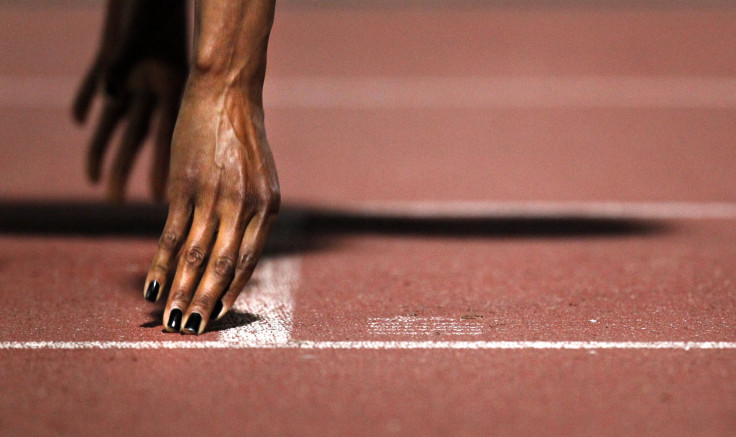Want to Burn Double the Calories? Run Backwards

Backward running is not as celebrated in sports as barefoot running is. It will never be mistaken for a more natural way to run. Regardless, a small body of evidence suggests that backward running can have many health benefits. It has been shown to help people avoid or recover from common injuries, regain balance, and even burn double the calories.
It is something that most of us have done in an abbreviated form before, like when we take a hot item out of the oven. Training with backward running is a different story though. When researchers performed a study on a group of runners, they found that when they ran forward, they hit the ground with the back of their feet and rolled to the ball of the foot when lifting the foot off the ground. When running backward, on the other hand, they did the reverse, hitting the ground with the front of the foot and rolling backwards. That meant that the muscles fired differently, requiring 30 percent more energy going backwards than needed going forward. It also means that runners pound the earth more softly.
What all that means is that backward running is a great option if you have bad knees, as it causes less impact the front of the knees. It also burns double the calories as forward running at the same pace. One study found that female joggers who ran 15 to 45 minutes backwards, three times a week over the course of six weeks, lost up to 2.5 percent of their body weight by switching to that exercise alone.
Backward running may also help with balance. Studies have shown that backward walking, at least, has been shown to help Parkinson's patients regain their balance.
However, it does have its drawbacks. It can cause muscle fatigue, so experts said to the New York Times to introduce the exercise gradually into your regular workout. Also, of course, the exercise does make it difficult to see, so it's best to perform the exercise on a track or with other runners, side by side.
Published by Medicaldaily.com



























